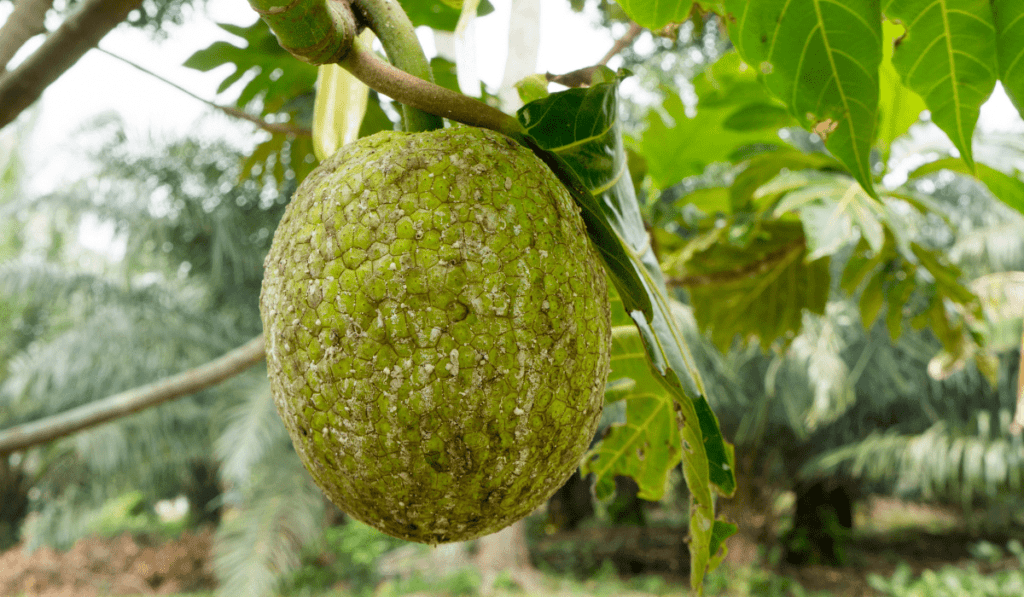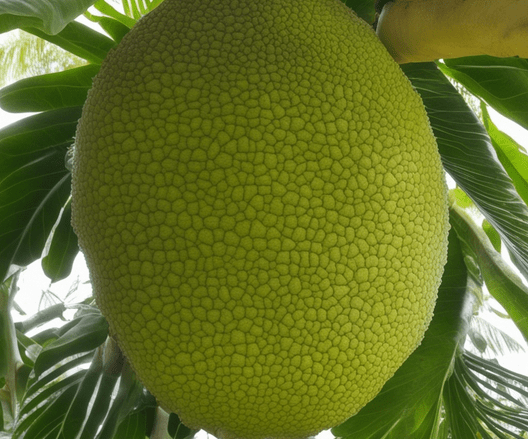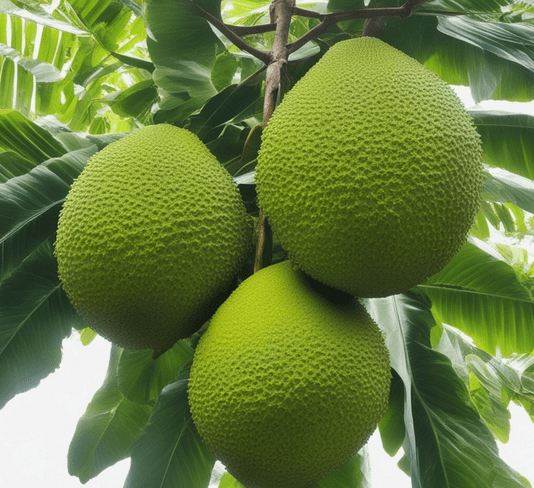Discovering and dealing with pests on your breadfruit tree? This blog post is your go-to resource for identifying and managing ten common culprits that can harm your breadfruit trees. Say goodbye to these unwanted guests and hello to a thriving, pest-free orchard. Your breadfruit trees will thank you with bountiful, healthy harvests!
Understanding Breadfruit Trees
Before we delve into specific pests, it’s essential to grasp the general characteristics of breadfruit trees (Artocarpus altilis). These trees are cherished for their adaptability and ease of growth in tropical regions. Yet, like any plant, they can attract unwanted visitors in the form of pests.
The Importance of Pest Management
Effective pest management is vital to maintain the well-being of your breadfruit trees. Vigilance and early intervention not only preserve the tree’s health but also protect the quality and quantity of its fruit. By staying proactive in pest control, you can save both time and resources.
10 Common Diseases of Breadfruit Trees
1. Fruit Flies
Fruit flies are notorious for infesting and damaging breadfruit by laying eggs inside the fruit, leading to rot and spoilage.
Identification: Small flies hovering around the fruit, and larvae inside the fruit.
Management Strategies: Use fruit fly traps, ensure proper sanitation by removing and destroying infested fruits, and consider biological control agents like parasitoid wasps.
2. Breadfruit Beetle
The breadfruit beetle, a type of weevil, bores into the trunk and branches, weakening the tree structure and affecting fruit yield.
Identification: Small holes in the trunk and branches, sawdust-like frass around the holes.
Management Strategies: Prune and destroy infested branches, apply insecticides to the holes, and maintain tree health to enhance resistance.
3. Scale Insects
Scale insects suck sap from leaves and stems, causing yellowing, leaf drop, and stunted growth.
Identification: Small, bumpy insects clustered on leaves and stems.
Management Strategies: Apply horticultural oils or soap solutions to affected areas, introduce natural predators like ladybugs, and prune heavily infested branches.
4. Mealybugs
Mealybugs are soft-bodied insects that feed on plant sap, leading to yellowing and distortion of leaves and weakening the tree.
Identification: White, cottony masses on leaves and stems.
Management Strategies: Apply insecticidal soaps or neem oil, encourage natural predators, and remove heavily infested plant parts.
5. Aphids
Aphids, small sap-sucking pests, can cause leaf curling and can also be vectors for disease.
Identification: Small, pear-shaped insects on the undersides of leaves, often accompanied by sticky honeydew.
Management Strategies: Use insecticidal soaps or neem oil, encourage natural predators like ladybugs and lacewings, and rinse off with a strong jet of water if infestation is mild.
6. Thrips
Thrips scrape and suck plant juices, leading to distorted and discolored leaves, and can also spread viruses.
Identification: Tiny, slender insects on leaves, often with visible damage like silvering or stippling.
Management Strategies: Use blue sticky traps to monitor and reduce populations, apply insecticidal soaps or neem oil, and encourage predatory insects.
7. Spider Mites
Spider mites cause yellowing and speckling on leaves and can lead to defoliation in severe cases.
Identification: Tiny, spider-like pests under leaves, often with fine webbing.
Management Strategies: Increase humidity to deter mites, use miticides or horticultural oils, and introduce natural enemies like predatory mites.
8. Caterpillars
Caterpillars, the larvae of moths and butterflies, chew on leaves, causing defoliation.
Identification: Various types of caterpillars found eating leaves, often leaving behind chewed foliage and droppings.
Management Strategies: Handpick caterpillars, use Bacillus thuringiensis (Bt) for biological control, and maintain natural habitats for predatory birds and insects.
9. Leaf Miners
Leaf miners burrow inside leaves, creating distinctive trails and potentially reducing photosynthesis.
Identification: Winding, white or yellowish trails inside the leaves.
Management Strategies: Remove and destroy infested leaves, use yellow sticky traps, and apply systemic insecticides if necessary.
10. Borers
Borers, including various beetle larvae, tunnel into branches and trunks, weakening and sometimes killing the tree.
Identification: Holes in the trunk or branches, often with sawdust-like frass.
Management Strategies: Prune and destroy infested wood, apply insecticides into the tunnels, and maintain overall tree health to resist infestation.
Integrated Pest Management (IPM)
An effective approach to managing pests in breadfruit trees involves Integrated Pest Management (IPM). This method combines cultural, biological, and chemical controls in a way that minimizes environmental impact and maximizes effectiveness. Regular monitoring, proper cultural practices, use of biological controls, and selective application of chemicals when necessary, form the core of IPM for breadfruit trees.



